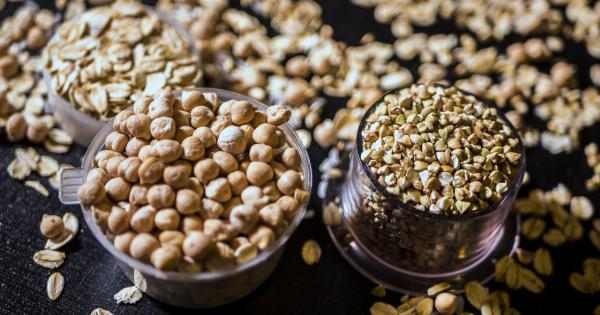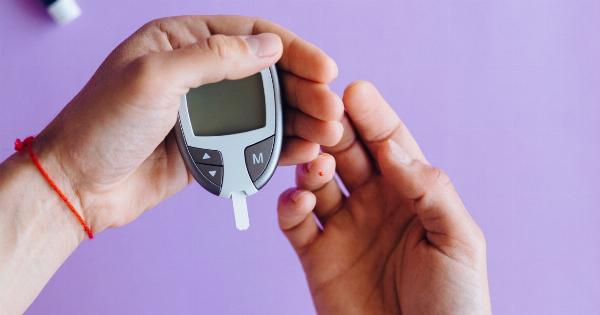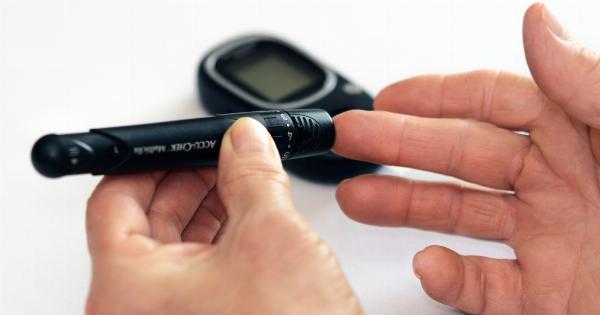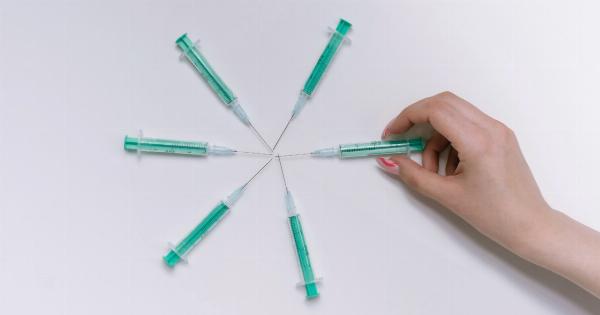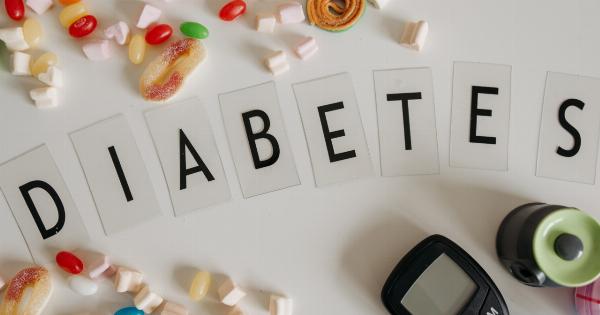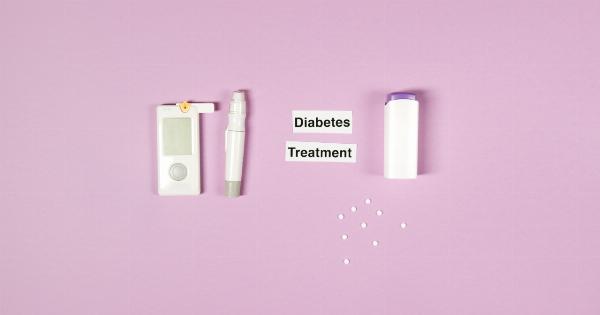Exercise is an important element of managing diabetes. However, not all forms of exercise are safe for diabetes patients. While some exercises can be beneficial, others can pose a serious risk to the health of patients with diabetes.
In this article, we will discuss the safe and unsafe exercises for diabetes patients and how to include physical activity in your diabetes management plan.
What makes an exercise unsafe for diabetes patients?
Every form of exercise can have different effects on people with diabetes. However, there are some general guidelines to help diabetes patients choose the right exercises.
A safe exercise is one that is moderate, meaning it does not cause sudden and extreme spikes or drops in blood glucose levels. An unsafe exercise is one that can lead to these dangerous changes in blood glucose levels.
Therefore, exercises that require sudden bursts or intense activity, such as high-impact aerobics, weightlifting, and sprinting, can be unsafe for diabetics.
These exercises can cause a sudden drop or spike in blood glucose levels that can lead to hypoglycemia or hyperglycemia and its complications.
Safe exercises for diabetes patients
Fortunately, there are many exercises that diabetes patients can do safely. The following exercises are considered moderate and safe for diabetics:.
1. Brisk Walking
Walking is one of the easiest and safest forms of exercise for diabetes patients. It is low impact and can be done anywhere, at any time. Brisk walking can help improve blood glucose control, reduce the risk of heart disease, and promote weight loss.
2. Swimming
Swimming is an excellent form of low-impact exercise that helps improve overall fitness and cardiovascular health.
It is also a great way to build strength and improve flexibility without putting too much stress on the joints.
3. Yoga
Yoga is a low-impact exercise that promotes flexibility and relaxation. It can help reduce stress, improve sleep, and reduce blood glucose levels.
Yoga is also helpful for reducing the risk of heart disease and improving overall fitness levels.
4. Cycling
Cycling is another low-impact exercise that can provide good cardiovascular benefits. It can help improve blood glucose levels, reduce the risk of heart disease, and increase fitness levels.
5.
Strength Training with Resistance Bands
Strength training exercises with resistance bands can help improve muscle strength, reduce the risk of falls, and improve overall fitness levels.
It is a low-impact exercise that can be done at home or in the gym.
Unsafe exercises for diabetes patients
There are some exercises that diabetes patients should avoid. These include:.
1. High-impact Aerobics
High-impact aerobics can cause sudden and extreme changes in blood glucose levels, making it unsafe for diabetics. These exercises include jumping, twisting, and sudden movements that can cause stress on the joints.
2. Heavy Weightlifting
Heavy weightlifting can cause significant stress on the joints and may lead to sudden spikes or drops in blood glucose levels. It is an unsuitable exercise for diabetics.
3. Sprinting
Sprinting is a high-intensity exercise that requires sudden bursts of energy. This type of exercise can cause a rapid increase in blood glucose levels, making it unsafe for diabetics.
4. Contact Sports
Contact sports such as football or basketball can be dangerous for diabetics. These sports can lead to sudden movements and stress on the joints, which can cause a sudden drop or spike in blood glucose levels.
Tips for managing blood glucose levels during exercise
For diabetes patients, it’s important to monitor their blood glucose levels during exercise to avoid any complications. Here are some tips for keeping blood glucose levels stable during exercise:.
1. Check Blood Sugar Levels Before and After Exercise
It is important to check blood glucose levels before and after exercise to monitor changes and make necessary adjustments in insulin doses or food intake. This will help prevent hypoglycemic or hyperglycemic episodes during or after exercise.
2. Exercise After Eating
It is generally advised to exercise after eating to provide the body with adequate fuel for physical activity. This will also help reduce the risk of hypoglycemia during exercise.
3. Keep Blood Glucose-Boosting Snacks Handy
Carrying a fast-acting glucose snack, such as glucose tablets, juice, or hard candy, can help prevent hypoglycemia during exercise. It is important to prepare for possible drops in blood glucose levels during exercise.
4.
Stay Hydrated
Drinking plenty of water during exercise can help maintain stable blood glucose levels and prevent dehydration. Dehydration can lead to higher blood glucose levels and increase the risk of many other complications.
Conclusion
Regular exercise is an important part of managing diabetes. However, diabetes patients should choose the right exercises to avoid any complications.
Safe exercises, such as brisk walking, swimming, yoga, cycling, and strength training with resistance bands, can help improve blood glucose control, reduce the risk of heart disease, and promote overall health. Avoiding high-impact aerobics, heavy weightlifting, sprinting, and contact sports can help prevent sudden changes in blood glucose levels that can lead to complications.
By following these guidelines and keeping blood glucose levels under control during exercise, diabetes patients can safely enjoy the benefits of physical activity.


